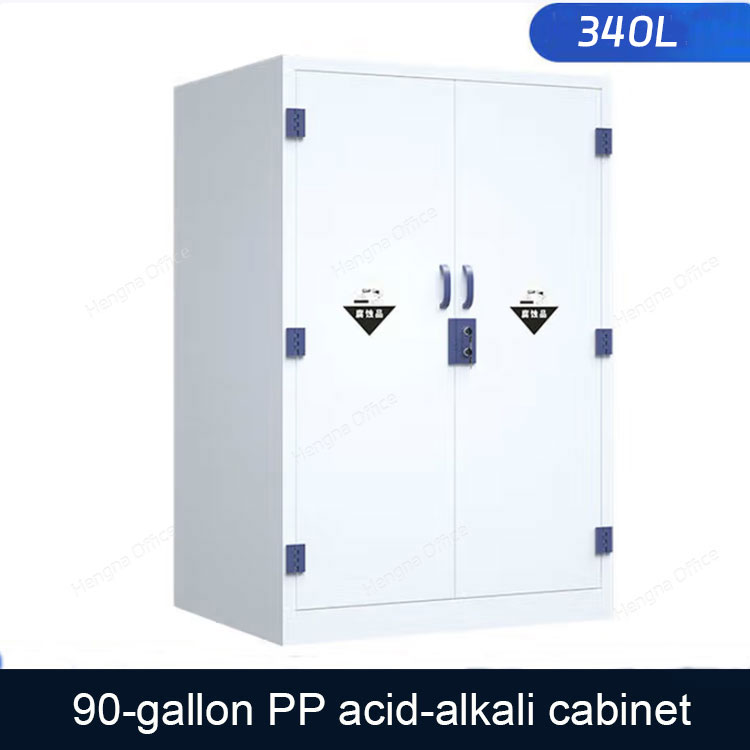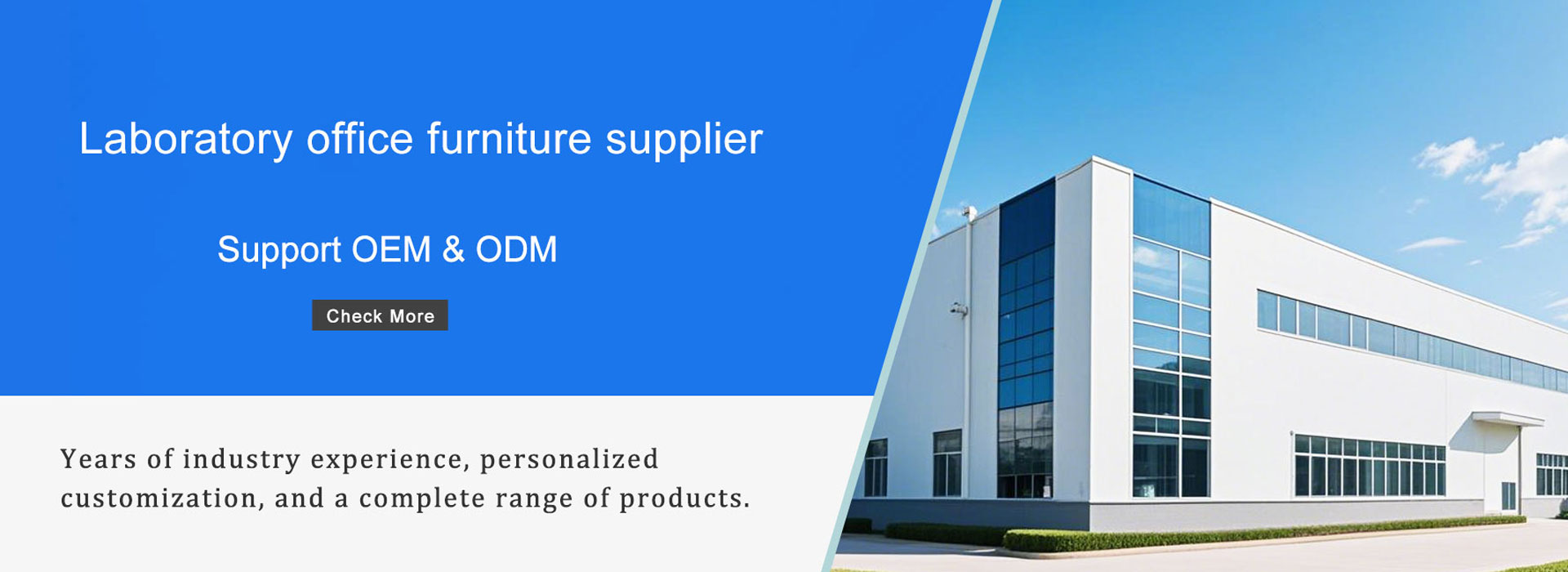Finding the right storage for your chemicals is crucial. A Chemical PP Storage Cabinet offers durability and safety. But how do you choose the right one? Not all cabinets are created equal. Making the wrong choice can lead to safety risks. It can also cause inefficiencies in your workspace. This guide will walk you through the key factors. You’ll learn how to select the best Chemical PP Storage Cabinet for your needs.
Why PP is the Preferred Material for Chemical Storage
Chemicals need strong, reliable storage. Polypropylene, or PP, is often the best choice. Why? It resists many chemicals. It won’t easily rust or corrode. This makes PP cabinets very durable. They last longer than metal cabinets in harsh environments. The material is also relatively lightweight. This makes the cabinets easier to move if needed. Safety is a major benefit of PP. It helps contain chemical spills. This protects your workspace and people. When you need a Chemical PP Storage Cabinet, you get peace of mind. You know your chemicals are stored safely.

Key Factors to Consider When Choosing Your Cabinet
Choosing the right Chemical PP Storage Cabinet involves several steps. Don’t rush the process. Think carefully about your specific situation. Here are the main factors to consider:
- Chemical Compatibility: Know the chemicals you store. Check if PP is compatible with them. Some chemicals might attack even PP over time. Always verify compatibility. This prevents cabinet damage. It also prevents chemical leaks. Safety depends on this step.
- Storage Capacity: How much chemical do you need to store? Consider the volume and the number of containers. Will you store large drums or small bottles? Choose a cabinet with enough space. It should fit all your chemicals comfortably. Overcrowding is unsafe. It makes access difficult.
- Cabinet Size and Dimensions: Measure your available space. Will the cabinet fit where you need it? Consider door swing clearance. Think about accessibility. A cabinet that’s too big won’t work. One that’s too small won’t hold enough. Get the dimensions right.
- Safety Features: Safety is paramount. Look for features like self-closing doors. Gaskets provide a seal. They help contain vapors and spills. A spill containment sump is essential. It catches leaks from containers. Fire resistance is another plus. These features make the cabinet safer. They protect against accidents.

Evaluating Essential Features of a PP Storage Cabinet
Not all Chemical PP Storage Cabinets have the same features. Some features are more important than others. Focus on these key aspects:
- Ventilation Options: Do your chemicals release harmful vapors? If yes, you might need a ventilated cabinet. Vents allow vapors to escape safely. This improves air quality. It reduces health risks. Check if the cabinet offers adjustable vents. This gives you control over airflow.
- ** Shelving Configuration:** How will you organize your chemicals? Some cabinets have fixed shelves. Others have adjustable ones. Adjustable shelves offer more flexibility. They let you customize the layout. Consider the types of containers you use. Ensure shelves can support their weight. Proper organization makes access easier.
- Door Type and Locking Mechanism: How do you prefer to access the chemicals? Hinged doors are common. Some have double doors for larger access. A clear window can be helpful. It lets you see inside without opening the door. A secure locking mechanism is vital. It prevents unauthorized access. It keeps chemicals safe. Choose a strong lock system.
- Mobility and Stability: Do you need to move the cabinet sometimes? Wheels can be very useful. Look for cabinets with durable casters. Brakes are important too. They keep the cabinet stable when parked. Stability prevents tipping. This is especially important if the cabinet is tall. A stable cabinet is a safer cabinet.
Ensuring Compliance and Adhering to Safety Standards
Safety regulations exist for a reason. They protect people and the environment. Your Chemical PP Storage Cabinet must meet these standards. In the US, OSHA (Occupational Safety and Health Administration) sets rules. EPA (Environmental Protection Agency) also has guidelines. The cabinet should comply with these regulations. Look for cabinets that meet specific standards. Examples include NFPA 30 and OSHA 29 CFR 1910.106. These standards cover flammable and combustible liquids. Compliance means the cabinet is built for safety. Using a compliant cabinet keeps you legal. It also keeps your workplace safer.
Conclusion: Making the Smart Choice for Chemical Safety
Choosing the right Chemical PP Storage Cabinet is a smart investment. It protects your valuable chemicals. It safeguards your employees. It keeps your workplace organized. By considering factors like material, size, features, and safety standards, you can make an informed decision. Don’t cut corners on safety. Take the time to research and compare options. Selecting the right PP cabinet brings peace of mind. You’ll have confidence that your chemicals are stored correctly. This commitment to safety benefits everyone. Now you know how to choose the right Chemical PP Storage Cabinet. Make the right choice today for a safer tomorrow.



